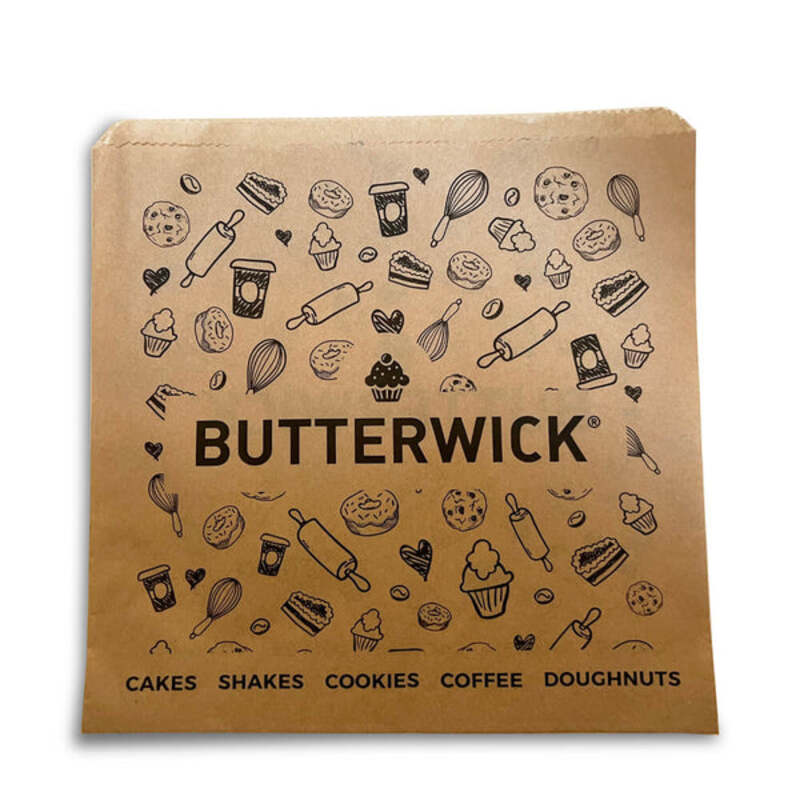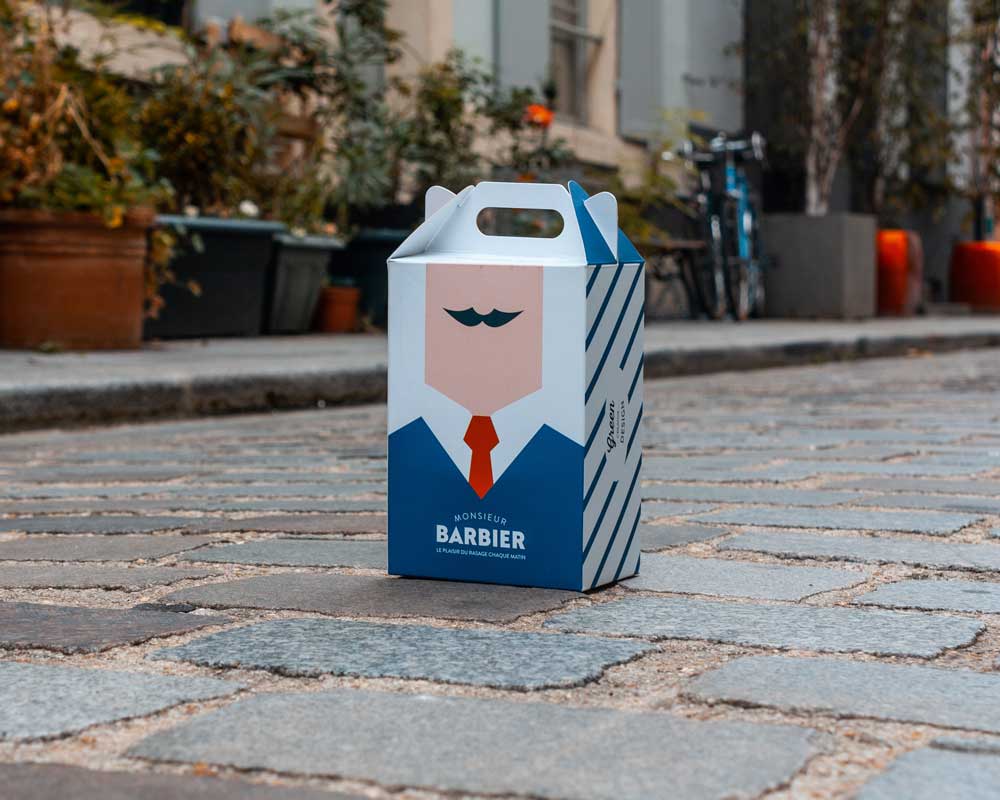3 月 . 05, 2025 01:53
Plastic cups have become an integral part of modern living, offering convenience and versatility in various settings, from home use to major events. Yet, there's much more to these ubiquitous items than meets the eye, particularly when it comes to choosing the right plastic cup that meets both aesthetic preferences and functional needs, while also aligning with environmental considerations.

In recent years, the demand for plastic cups has surged, not only due to their lightweight nature and ease of handling but also because of advancements in their design and materials. These innovations cater to a spectrum of requirements, whether it be for cold drinks, stylish presentations, or environmentally friendly alternatives. As such, understanding the different types available can greatly enhance user experience and contribute to sustainable practices.
When selecting plastic cups, one must consider the type of plastic used, as this directly impacts their recyclability and health safety. Polypropylene (PP) and polyethylene terephthalate (PET) are the most common plastics used in manufacturing cups. PP is favored for its resilience and ability to withstand higher temperatures, making it suitable for hot beverages. On the other hand, PET plastic excels in clarity and is often preferred for its ability to showcase cold drinks appealingly. It's crucial to check for BPA-free labeling to ensure the cups are free from harmful chemicals, thereby guaranteeing their safety for consumers.

Another factor to consider is the actual design of the cup. With advancements in consumer preferences, today's plastic cups are available in a myriad of shapes and sizes, tailored to enhance user interaction. Brand engagement can be significantly increased by customizing the design to include logos or specific design motifs, which add a personal touch to events and brand activations. Furthermore, ergonomic designs make plastic cups easy to hold and use, enhancing user experience in various scenarios, from casual gatherings to corporate events.
Environmental impact is a key consideration. As global awareness of environmental sustainability grows, so does the demand for eco-friendly plastic cups. Manufacturers are responding by producing biodegradable options or those made from recycled materials, which significantly reduce the carbon footprint. These cups offer a guilt-free alternative to traditional plastic cups and are increasingly being adopted at environmentally conscious events. By choosing such options, consumers are contributing to broader environmental goals, fostering a culture of sustainability while still enjoying the convenience of disposable cups.
plastic cups
In terms of storage and transport, plastic cups are unparalleled. They can be nested, which minimizes space requirements and reduces transportation costs. This is particularly advantageous for businesses and caterers looking to efficiently manage large inventories without compromising on quality or availability.
Authoritativeness in the plastic cup industry is established by understanding and communicating these multifaceted attributes. Suppliers and retailers who demonstrate expertise by offering a wide range of plastic cup options, backed by knowledge about their production processes and environmental impacts, gain trust and credibility among their clients. This is increasingly important in a market where consumers are not only looking for functional or stylish products but also for those that align with global sustainability trends.
Trustworthiness is bolstered by transparency and commitment to quality assurance. Businesses that provide detailed product information, ensure compliance with safety standards, and offer after-sales support foster consumer confidence. This is further enhanced when companies actively engage in sustainable practices and contribute to community initiatives aimed at reducing plastic waste.
To sum up, plastic cups are more than just functional items; they represent a synthesis of innovation, style, and environmental responsibility. By selecting the right type of plastic cup, consumers and businesses alike can enhance their experience, showcase their environmental awareness, and foster trust among stakeholders. Whether navigating the demand for custom designs or committing to sustainable alternatives, understanding the nuances of plastic cups can lead to more informed choices that benefit both the user and the planet.





